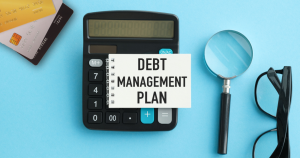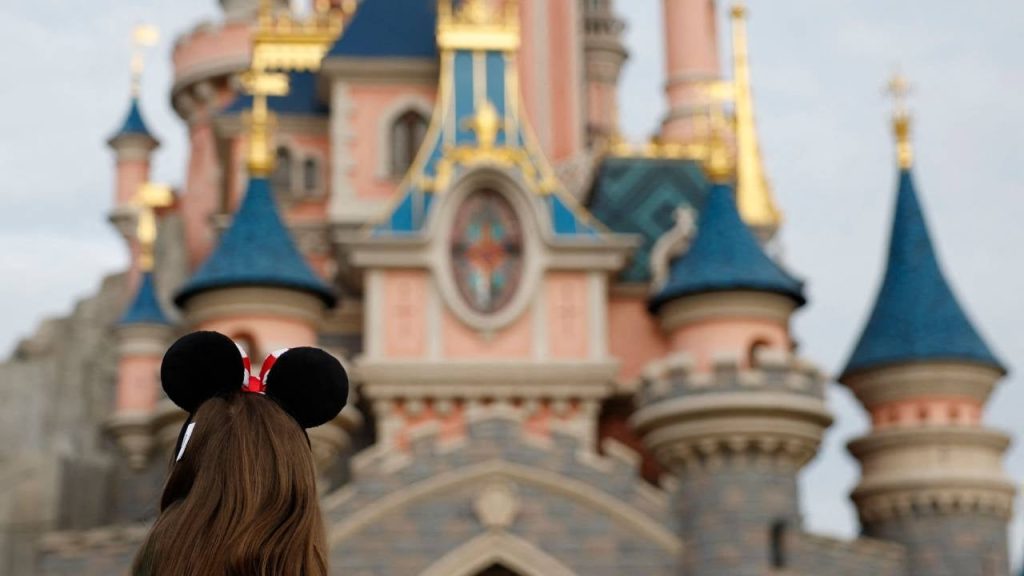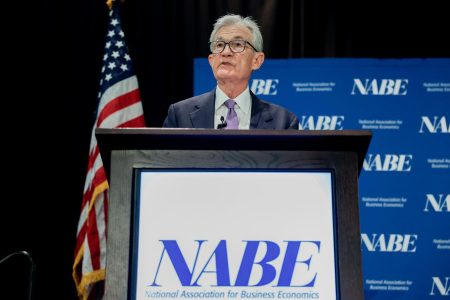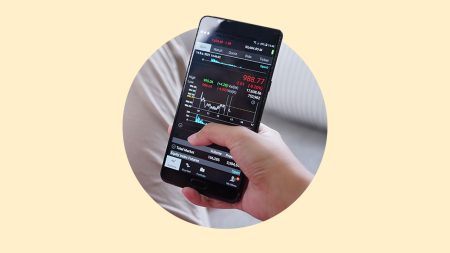Walt Disney Co. (DIS) is expanding its global theme park footprint for the first time in nearly a decade with its recently announced plans for a new park in Abu Dhabi, United Arab Emirates.
But this isn’t a typical Disney project. Instead of pouring billions into construction and operations, Disney will license its intellectual property to a third-party developer — giving the company the chance to earn steady royalties without the capital risk associated with major theme park development.
Disney shareholders welcomed the news. Following the May 7 announcement — which coincided with solid second-quarter results for the company overall — Disney shares jumped 9.7 percent in afternoon trading.
That enthusiasm came despite weakness in the very segment Disney is expanding into. International parks were a drag on earnings: Revenue fell 5 percent year over year, and operating income dropped 23 percent. The results came in sharp contrast with Disney’s domestic parks business, where revenue rose 9 percent and operating income gained 13 percent.
So why is Disney moving forward with another international park now?
The company’s shift to a light-touch approach in Abu Dhabi might explain why.
Disney taps a new market in the Middle East
The new Disney theme park will be its first in the Middle East and it’s seventh worldwide. The park will be located on Yas Island, the UAE’s flashy entertainment district that’s already home to Ferrari World, SeaWorld Yas Island and Warner Bros. World.
Disney didn’t pick Abu Dhabi by chance. Yas Island is an engineered mega-attraction district that clocked 38 million visitors in 2024. It’s about a 20-minute drive from downtown Abu Dhabi and accessible to tourists from the Middle East, Africa, India and Asia.
Dubai, Qatar and Saudi Arabia have all reportedly made overtures to bring a Disney-branded presence to the region over the past decade. Now, Abu Dhabi finally sealed the deal.
The UAE is the second-largest economy in the Arab world, after Saudi Arabia, and a rising star in global tourism. Between its modern infrastructure and reputation as a luxury destination, Abu Dhabi’s location could drive high per capita guest spending — a crucial metric for Disney and its shareholders.
A smart, low-risk play for Disney
For long-term shareholders, the structure of this deal is just as important as the location.
Disney is licensing its intellectual property to UAE-based developer Miral, which will finance, build and operate the new park. Disney walks away with royalty checks, while Miral shoulders the operational and financial risks.
Miral, which has developed other successful attractions on Yas Island, will lead the entire project. Disney will supply Imagineers to lead design and operational oversight of the park, but it won’t invest any capital.
Meanwhile, Disney will earn royalties based on the project’s revenues as well as service fees.
“It is all their capital, and we will get a royalty,” Disney CEO Bob Iger said during the company’s earnings call. “So there isn’t ownership. We own our IP and license it to them. …This is essentially a license arrangement, but with considerable involvement of us.”
While the park won’t open for years, it represents the company’s strategic shift toward more capital-efficient growth. Abu Dhabi could be an example of how the company expands its theme park presence moving forward — not by spending billions, but by leveraging its brand while partners do the heavy lifting.
It’s a move that echoes the Tokyo Disneyland model — one of the most successful international park partnerships in the company’s history.
What Tokyo teaches us about Abu Dhabi
Tokyo Disneyland is a blueprint for how the company’s upcoming Abu Dhabi park might play out.
Opened in 1983 and owned by Japan’s Oriental Land Co., Tokyo Disneyland operates under a licensing deal where Disney receives royalty fees that average about 7 percent of its total revenue, according to Morningstar. The same goes for its Tokyo DisneySea’s park.
That setup has earned Disney consistent, low-risk revenue over the years, even during volatile times in the travel and tourism sector.
And business has been booming. OLC reported record revenue of $3.9 billion for fiscal year 2023 and a net profit of $755 million, both all-time highs.
The upcoming Abu Dhabi park will likely mirror that arrangement. It’s a licensing deal that, if it tracks similarly to Tokyo, could be a notable revenue generator as Disney further cements its international presence.
What this means for Disney’s stock
Shares of Disney jumped following the company’s new park announcement, netting one of the stock’s biggest single-day gains this year.
Still, Disney hasn’t disclosed the Abu Dhabi park’s opening date and construction could take up to five years, if comparable projects like Shanghai Disneyland are any indication. There’s also little detail in the company’s 10-Q filing regarding the Abu Dhabi park— no financial projections, no timeline, no formal revenue guidance.
But from a long-term investor standpoint, the announcement indicates several positive signals.
- Licensing revenue expansion: If the park performs anywhere close to Tokyo levels, royalties could deliver a consistent earnings boost with minimal capital risk.
- International diversification: Disney’s international parks have often outperformed their domestic counterparts in recent quarters. Even with dips in revenue and operating income from international parks in Q2 — driven mostly by cost pressures and attendance declines at its Shanghai and Hong Kong parks — global operations have historically performed well.
- Brand building through global IP: Licensing parks overseas lets Disney deepen brand awareness. It opens the company up to regions with rising consumer spending.
For long-term shareholders, that’s bullish news.
While the royalty rate hasn’t been disclosed, if it aligns with the Tokyo model, the new Abu Dhabi park could quietly become a new, durable earnings stream for Disney’s experiences segment. Moving forward, investors should pay attention to how Miral ultimately structures ticketing, capacity and park attractions.
Disney’s upcoming park might not juice the stock much in the months ahead. But as the park takes shape on Yas Island, it’s likely to contribute to long-term upside — especially for investors who are thinking in five-year cycles or longer.
Editorial Disclaimer: All investors are advised to conduct their own independent research into investment strategies before making an investment decision. In addition, investors are advised that past investment product performance is no guarantee of future price appreciation.
Read the full article here









